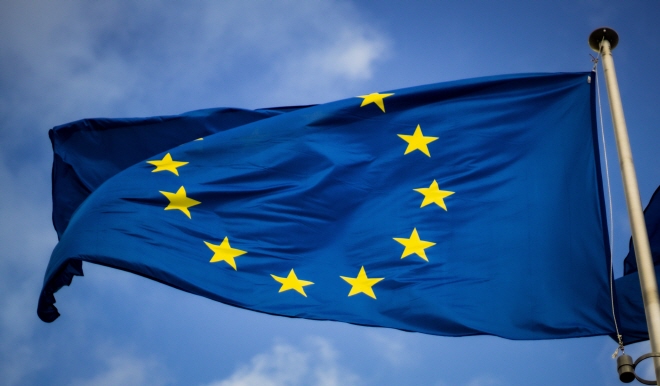
- This is PANASIA
- ESG Management
- History
- Smart PANASIA
- Contact information
 About
About
Check PANASIA introduction,
ESG management, and History
information
- Energy Solutions
- Air Solutions
- Water Solutions
 Eco-friendly Solution
Eco-friendly Solution
About Global environmental
regulation, Hydrogen business,
Air quality, and Water quality
environment solutions
- Product Service
- Service Network
- Customer Service
 Customer Support
Customer Support
Check the Panasia’s
after service
- About
- Eco-friendly Solution
- Customer Support
- Media
NEWS
WHAT TO PREPARE FOR CBAM?

Climate change is a global problem that needs global solutions. As the EU raises its own climate ambition, and as long as less stringent climate policies prevail in many non-EU countries, there is a risk of so-called ‘carbon leakage'. Carbon leakage occurs when companies based in the EU move carbon-intensive production abroad to countries where less stringent climate policies are in place than in the EU, or when EU products get replaced by more carbon-intensive imports.
The EU’s Carbon Border Adjustment Mechanism (CBAM) is a landmark tool to put a fair price on the carbon emitted during the production of carbon intensive goods that are entering the EU, and to encourage cleaner industrial production in non-EU countries. The gradual introduction of the CBAM is aligned with the phase-out of the allocation of free allowances under the EU Emissions Trading System (ETS) to support the decarbonization of EU industry.
On 25 April 2023 local time, the Council of the European Union ("EU") announced the final approval of the EU Carbon Border Adjustment Mechanism (CBAM). However, it is a transition period from October 1, 2023 to December 31, 2025 during which the exporting companies are only obliged to report their emissions, and the obligation to purchase a full-fledged CBAM certificate is January 1, 2026.
As advised by the EU in last year's agreement, CBAM will be prioritized for six industries: steel, aluminum, cement, fertilizer and hydrogen and electric power but it will expand into further categories as time goes by.
PANASIA, as a middle market enterprise from April 2023 have been involved in this carbon net zero area and invested in Carbon capture, Ammonia Cracking System and De-sulfurization from several years ago and hereby present what to prepare for the coming CBAM period in advance.
First, it is first necessary to have an accurate understanding of the scope of influence of CBAM and the international community's carbon regulation discussions. We should recognize that if CBAM is expanded in the future, its regulation will directly affect the company widely so we should pay attention to the direction of CBAM discussions.
Second, we should actively participate in the Carbon Net Zero policy from the design stage so that the particularities and difficulties of small and Medium enterprises shall be reflected.
Third, we need to strengthen our capacity to respond to CBAM. Even PANASIA, which just stepped into the middle market enterprise from previous small and medium enterprises, should make full use of government support during the CBAM transition period to secure CBAM-related administrative capabilities, report capabilities, verification systems, and professional manpower.
Fourth, CBAM countermeasures should be utilized through industrial cooperation. It is efficient for each company to respond by participating in the development of industrial classification benchmarks, emission form standards by industrial classification and sharing best examples. In addition, since the vulnerability factors for CBAM vary from industry to industry, government support should be established case by case in avoid to less be affected by their export structure, carbon intensity, proportion of enterprises.
Finally, it is necessary to respond to CBAM from the long-term perspective that Carbon Net Zero is a crisis factor for small and medium enterprises in the short term, but it can act as an opportunity factor depending on whether we respond or not.










